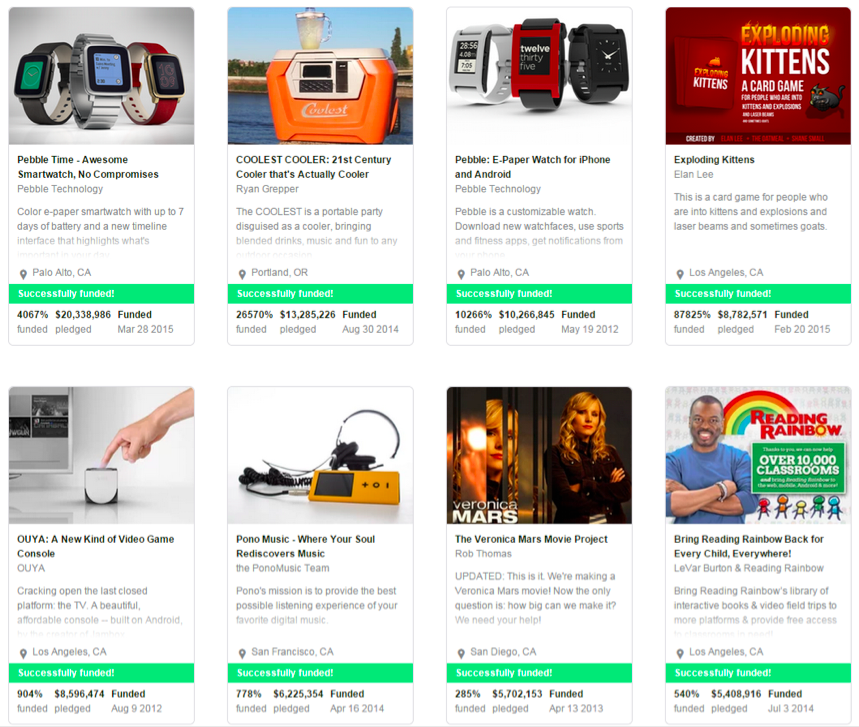 Let’s say you have iterated successfully until you got a good prototype, and you have ensured production can run smoothly. Before making a large batch and “pushing it onto the market”, it is highly advised to spend a little time on test marketing, phase 6 of our series on developing a new product.
Let’s say you have iterated successfully until you got a good prototype, and you have ensured production can run smoothly. Before making a large batch and “pushing it onto the market”, it is highly advised to spend a little time on test marketing, phase 6 of our series on developing a new product.
What is Test Marketing?
Test marketing is a process for testing a product within a specific geographic area. It allows you introduce your product to the marketplace through different sales channels and for you to test the different strategies you have identified and then monitor the outcome with the aim of fine-tuning and optimizing those strategies before a national launch.
This process can also be used as an opportunity to generate initial interest in the product as well as being the ideal platform to gather feedback about the actual product. It is also the perfect time to start building a marketing list. It is important to get as much information from potential customers at this stage so that plans can be changed and adjusted to be more aligned with customer acceptance. The higher the acceptance, the greater the probability of higher sales figures after product launch.
Marketing Strategy
When generating a marketing strategy, you need to set goals, have an understanding of your pricing strategy, and work out all the distribution networks and sales channel options. One of the attributes within the marketing strategy should be to set your price range, getting feedback on what is perceived as too high or even too low is critical in finalizing the pre-launch data.
Part of this strategy includes how you are going to communicate with consumers. Packaging, as we already know, plays a big part in how a product sells, your product almost needs to jump off the shelf as a potential buyer walks past. Sales copy is another critical element of any marketing and the test marketing platform is the ideal place to run your initial split tests and to evaluate your different sales funnels for the e-commerce side of the business.
When to run a Test Market?
The ideal time to go into the test marketing phase is when you, as a company, believe you have a successful product and a product that is ready for market.
The main objective of entering into the test marketing phase is to make sure all your planning, all your individual strategies and infrastructure all work and function as one coherent operation. So do not push the product out for a test market phase unless every element of ‘selling in mass production conditions’ is in place.
Crowdfunding as a Test Market
Over the past five years or so, a number of crowdfunding sites emerged whose initial objective was to provide a platform for the start-up entrepreneurs to get enough funding to enable them to launch their product. Things have come a long way since the early days of crowdfunding. In today’s marketplace, you will find the start-ups as well as the large corporate companies using these platforms for test marketing where they can get instant feedback on design, features, pricing and even how well the product will potentially sell through e-commerce.
There have been some great successes with this strategy — Examples from one the more popular sites are shown below.
Source: Kickstarter.com
One reason to test market is to decide how much of the product is likely to sell. The other reason to test market is to determine how to market the product. Crowdfunding sites provide the answer to both of these questions, however, they are just one tool that can be utilized for this phase of the NPD.
How to avoid disaster
Murphy’s Law is familiar to most businessmen: “If anything can go wrong, it will.” This law is especially true for the new product development process. Disasters are common in the development and introduction of new products, and test markets are one of the ways to avoid as many disasters as possible.
The following is a partial list of the variety of things that have gone wrong in the development of a new product:
- Because packages would not stack, the scouring pads fell off the shelf.
- A dog food discolored on the store shelves.
- In cold weather, baby food separated into a clear liquid and sludge.
- In hot weather, cigarettes in a new package dried out.
- A pet food gave the test animals’ diarrhea.
- Because of insufficient glue, over half of the packages came apart during transit.
- Excessive settling in a box of paper tissues caused the box to be one-third empty at purchase.
(List Sourced from Harvard Business Review: Test Marketing in New Product Development.)
Go to part 18: Commercialization of your New Product
Want to learn more about the new product introduction process for hardware startups?
Whether you’re some way along the process, or just starting out, Sofeast’s guide covers everything hardware startups need to know for making a new product in China and successfully bringing it to market.
Hit the button below to read the guide:




Merci encore, Ça m’a donné des idées.
That’s a good article, specilly tell people how to start their import business and help lots of people avoid risks, cheers